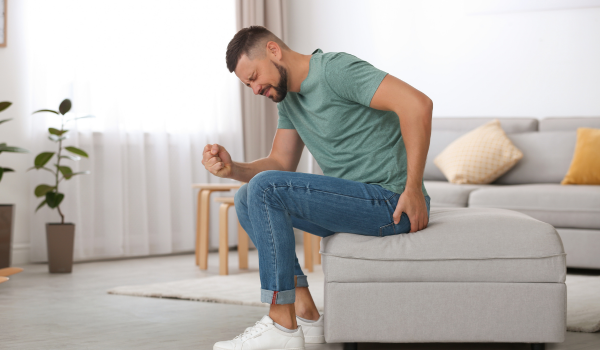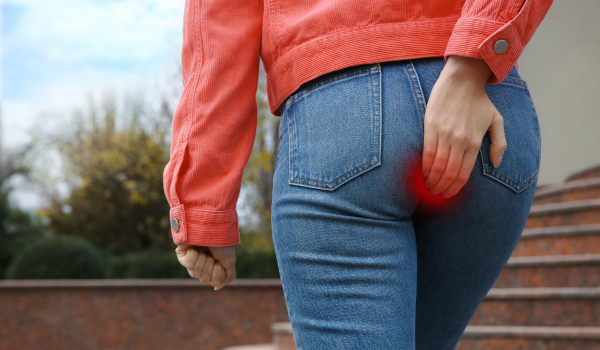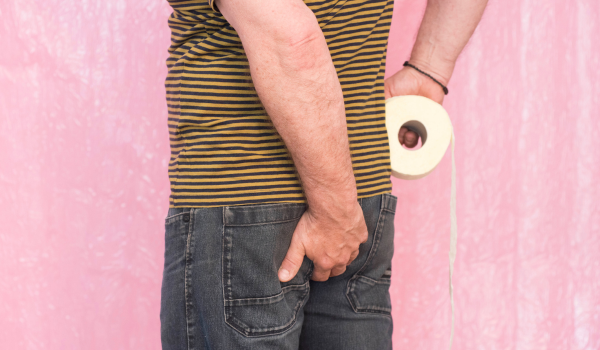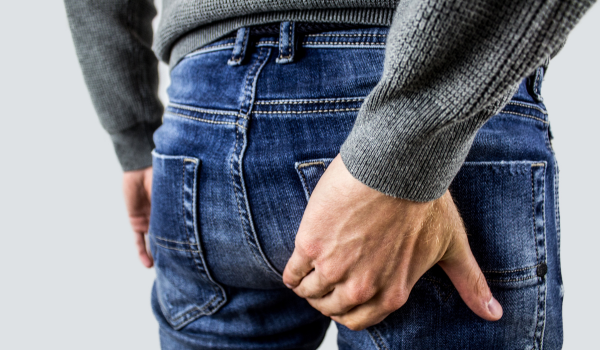Hemorrhoids, sometimes called piles, are swollen veins located around the anus or inside the rectum. The rectum is the section of the lower intestine closest to the anus. Hemorrhoids are a common but uncomfortable condition that can cause itching, burning, pain, or bleeding from the anus.
They may appear as lumps or bumps in the anal area and often develop due to prolonged pressure on the veins there. This pressure can be caused by chronic constipation, pregnancy, a low-fiber diet, and other factors. Genetics may also play a role in the development of hemorrhoids.
Hemorrhoids can affect people of any gender and become more common with age. In fact, a large percentage of adults over 45 have experienced them at some point.
Common Symptoms
Hemorrhoids are classified as external or internal. External hemorrhoids present as visible bumps around the anus, while internal hemorrhoids are not visible but can still cause discomfort. Symptoms often become more noticeable and severe as the size of the hemorrhoid increases.
Both types can cause itching or burning sensations. Pain when sitting, blood or mucus discharge, and occasional stool leakage may also occur.
While hemorrhoids may not go away entirely without medical treatment, certain steps can help relieve symptoms.
External Hemorrhoid Symptoms
Symptoms of external hemorrhoids may appear suddenly, often after increased pressure on the rectal walls from causes such as pregnancy, diarrhea, or straining during bowel movements due to constipation. Symptoms can worsen with ongoing pressure or friction in the area.
Common external hemorrhoid symptoms include:
-
Swelling of the skin around the anus
-
Hard lumps around the anus, varying in size
-
Itching or burning around the anus
-
Pain or aching when sitting down
-
Difficulty fully cleaning the area after bowel movements
These symptoms often resolve on their own within a few days. Recovery may be supported by eating more fiber, staying hydrated, taking warm baths, and avoiding foods that cause constipation such as certain cheeses and meats.
possible complications
A blood clot may form inside an external hemorrhoid, creating a thrombosed hemorrhoid that can cause severe pain. After the clot resolves, loose skin called a skin tag may remain. Irritation from hemorrhoids can also lead to anal eczema, which may present as blisters or scabs around the anus.
Internal Hemorrhoid Symptoms
Not all internal hemorrhoids cause symptoms. When present, symptoms may range from mild to severe and can develop gradually.
Possible symptoms include:
-
Bleeding from the rectum, visible on toilet paper or in the toilet bowl
-
A feeling of incomplete bowel emptying
-
Mucus discharge from the anus
Sometimes, an internal hemorrhoid can extend outside the anus, known as a prolapsed hemorrhoid. It may return inside on its own, be pushed back manually, or only protrude during bowel movements. The degree of prolapse determines the severity, graded from 1 to 4, with grade 4 being the most severe.
Unless prolapsed, internal hemorrhoids typically do not cause pain. If prolapsed, pain and itching are common.
Symptoms in Children
Hemorrhoids are very rare in young children. When they do occur, they are most often linked to liver-related conditions rather than digestive issues. In teenagers, they are more likely to result from straining during bowel movements.
When to See a Healthcare Provider
Although hemorrhoids are common and often resolve without intervention, their symptoms can sometimes indicate more serious health conditions, such as inflammatory bowel disease or colorectal cancer.
Seek medical attention if:
-
Your hemorrhoids do not improve after a week of self-treatment
-
You notice blood after a bowel movement
-
You experience severe pain or significant changes in bowel habits
If hemorrhoids are causing intense discomfort or significantly affecting daily life, medical procedures may be available to shrink or remove them.
A Quick Review
Hemorrhoid symptoms vary depending on whether they are internal or external. External hemorrhoids often cause more noticeable discomfort, while internal hemorrhoids may go unnoticed unless prolapsed.
If you experience rectal bleeding or severe pain, consult a healthcare provider promptly for proper diagnosis and treatment options, which may include both surgical and nonsurgical approaches.






